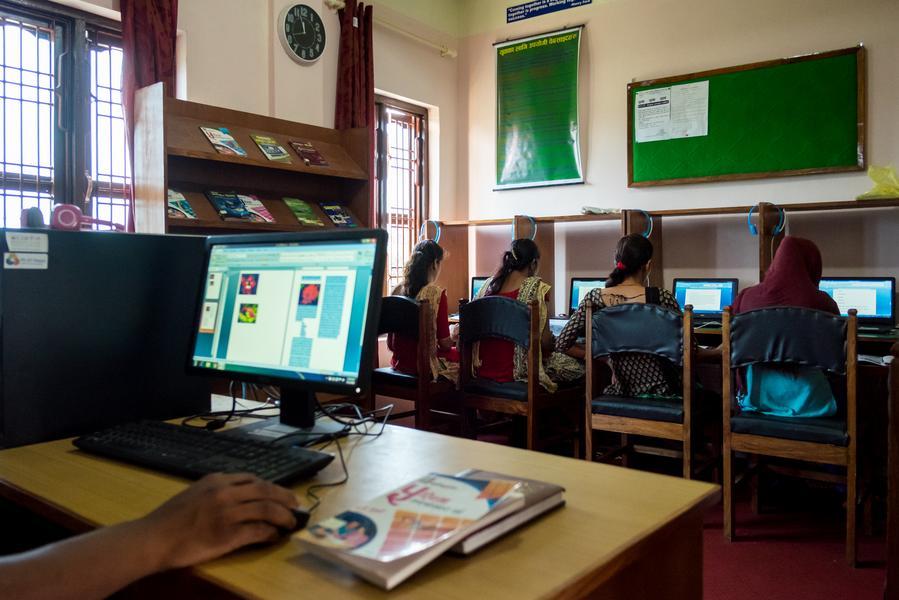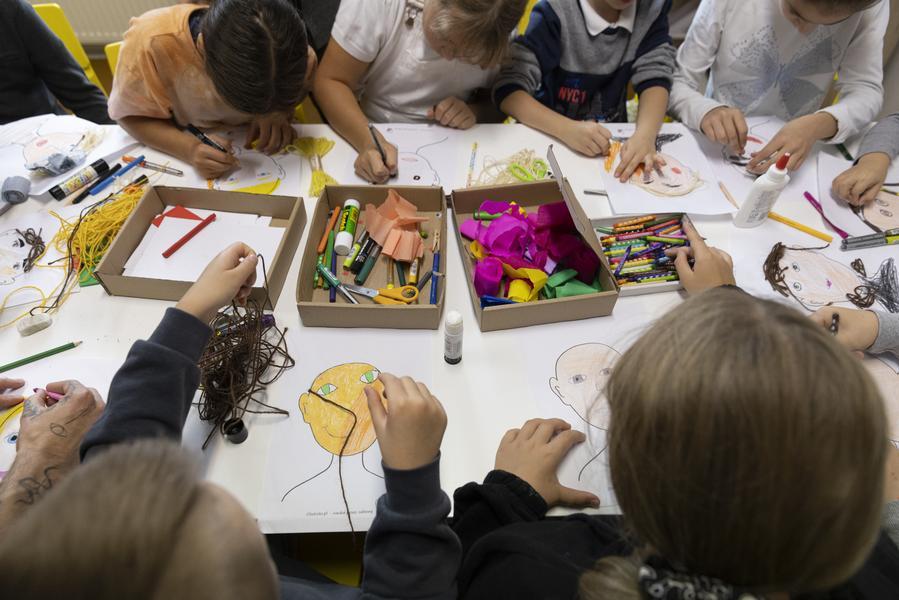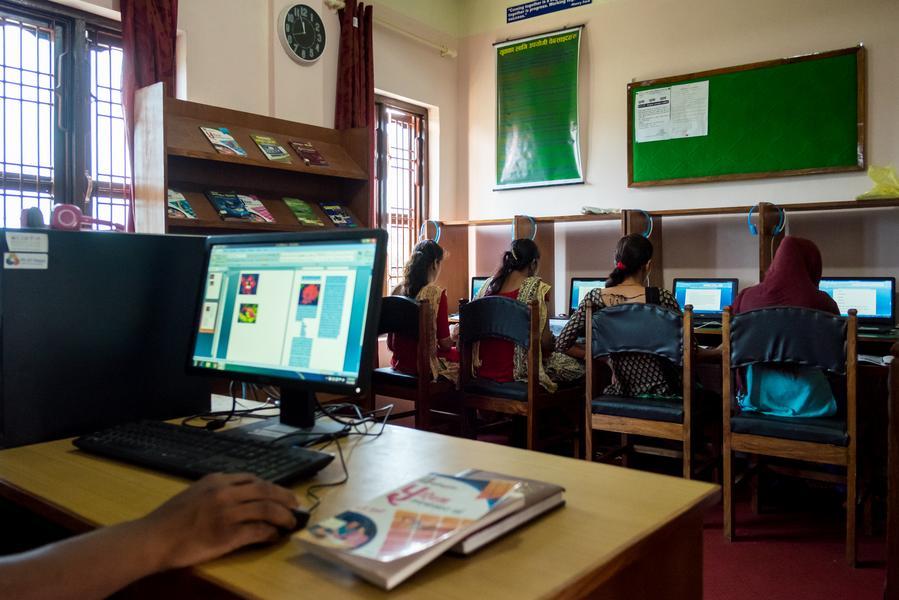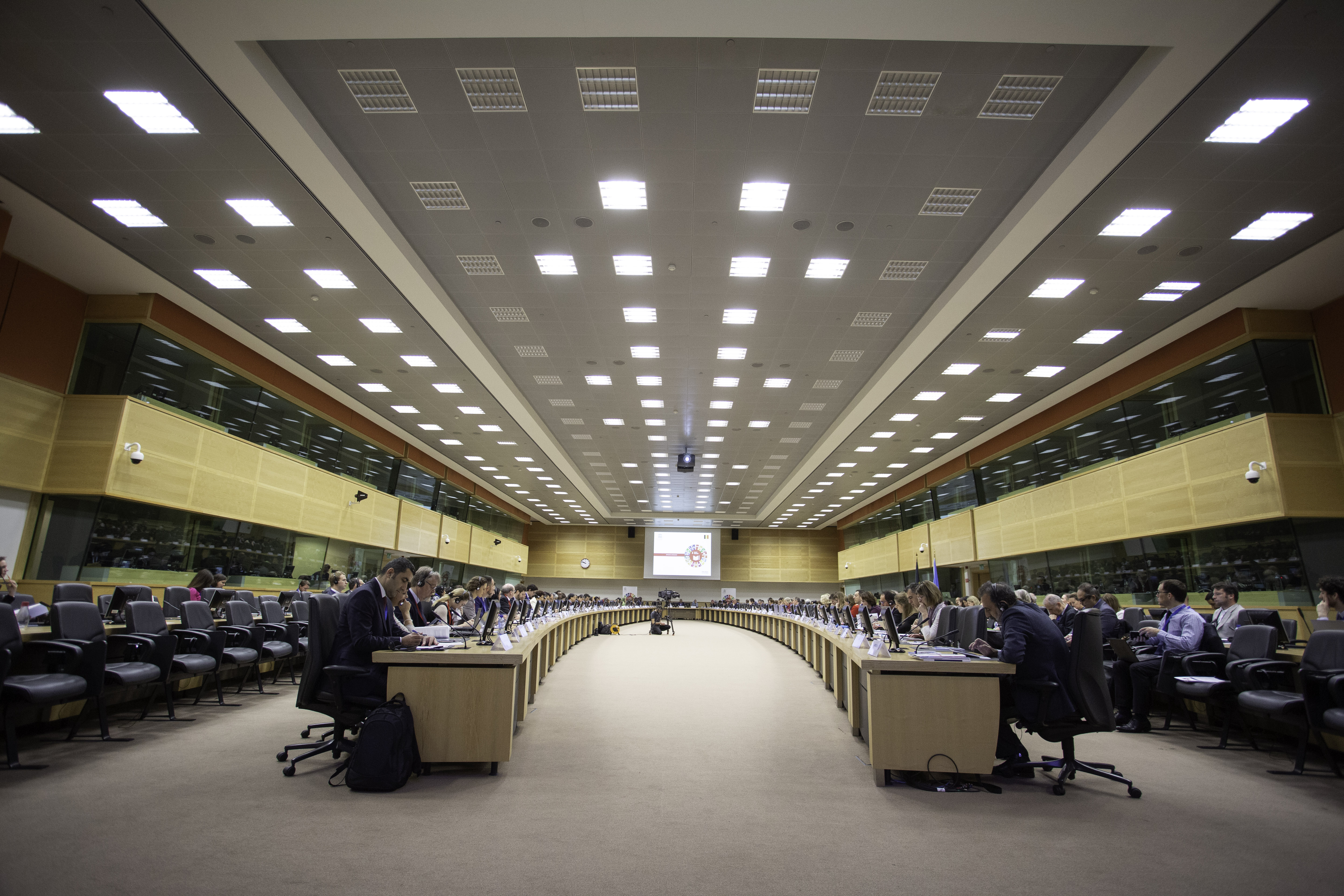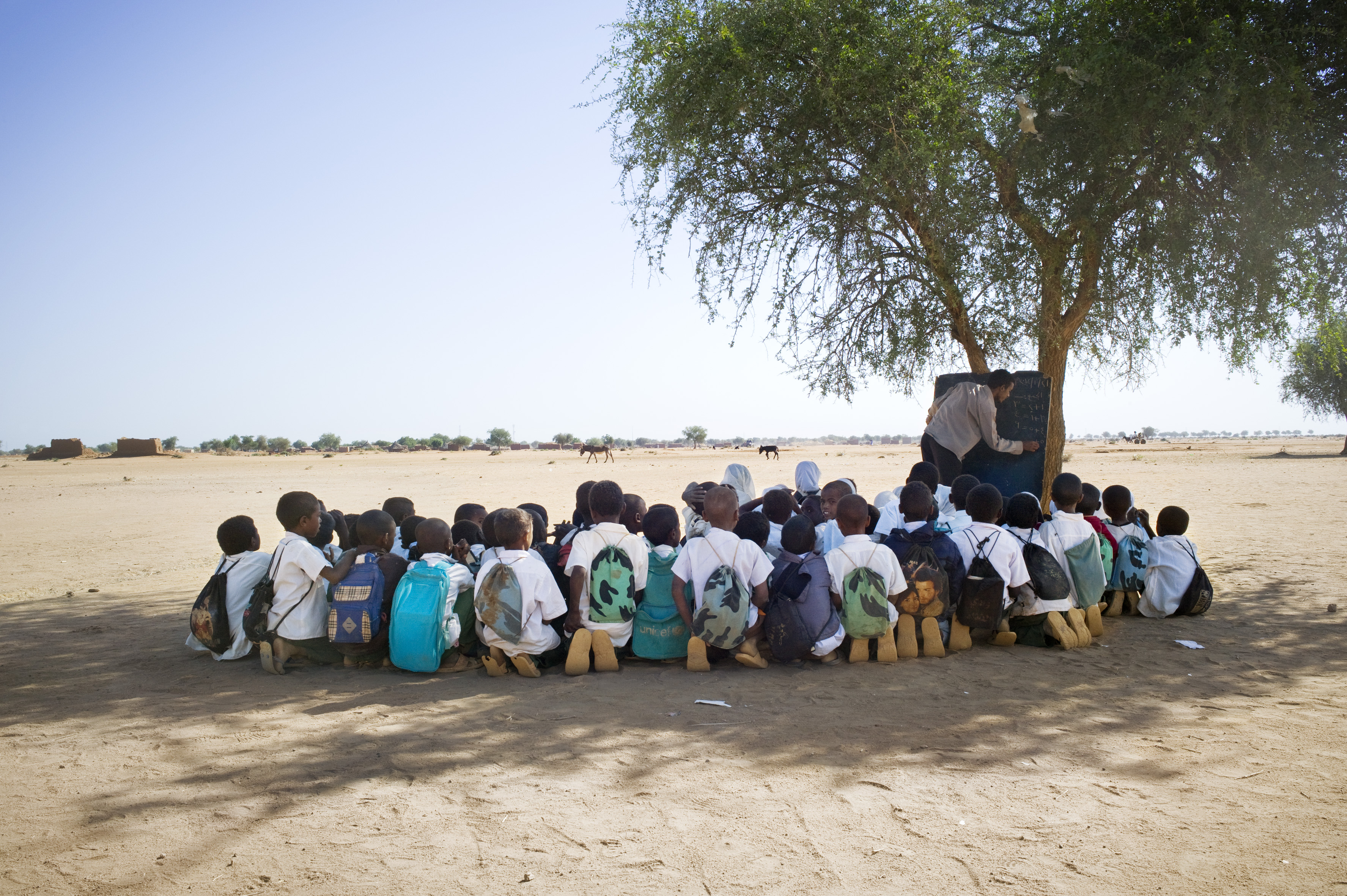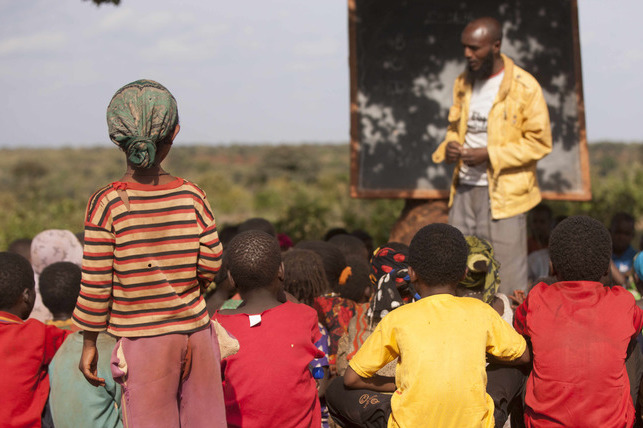
Policies
DigiSchool
Context and Issue
Throughout Africa, children and adolescents encounter various obstacles hindering their technology and digital resource utilization. These impediments encompass a range of disparities, including limited access to the internet, restricted access to mobile phones, challenges in utilizing mobile internet services, inequities in technology creation capabilities, and deficiencies in fundamental digital literacy skills. Presently, internet access is available in 34% of African households, with approximately 89% of learners lacking access to personal computers at home. Access to computers is notably scarce, with only 53% of students in Northern Africa and 8% in sub-Saharan Africa having such access. Moreover, merely 14% of students in sub-Saharan Africa possess internet connectivity in their households.
Solution
The Government of Kenya launched the Digital Literacy Programme (DLP), also known as DigiSchool, to ensure that every student is equipped for the contemporary digital era. Spearheaded by the Ministry of Information, this initiative commenced in 2016 and follows a collaborative approach involving multiple stakeholders, with the ICT Authority serving as the implementing agency. It targets pupils across all public primary schools in Kenya. It consists of five main components: (i) distributing digital devices preloaded with interactive educational content covering various subjects for both students and teachers, (ii) providing training to teachers and administrators to enhance their capacity, (iii) deploying broadband connectivity devices, (iv) furnishing digital learning materials, and (v) establishing local manufacturing facilities for digital devices and associated accessories.
Impact
Due to the implementation of DigiSchool, public primary schools received ICT equipment, including projectors, servers, and wireless routers. Enhancing teachers' ICT skills significantly contributed to the program's success, benefitting over one million students and 91,000 teachers across 19,000 public primary schools by 2017. Presently, 21,637 public primary schools, accounting for 99.6% of such schools in Kenya, have access to digital devices. Furthermore, 22,927 schools have been provided with power connections, with 19,042 linked to the national grid and 3,239 utilizing solar power. Notably, 331,000 teachers have undergone ICT integration training, 218,253 have been instructed in utilizing technology for implementing the CBC (Competency Based Curriculum), and 93,009 teachers have received training in ICT and digital device utilization.
Analysis
An essential element contributing to DigiSchool's success has been the Kenyan Government's emphasis on developing its own digital educational content and establishing a supportive environment right from the project's outset.


